The need for new sustainable actions, efficiency and new ways of life, work and leisure have led to the construction sector being definitively transformed. Worldwide, construction industries account for 39% of CO2 emissions. Alone, reinforced concrete causes 5% of emissions; heating, 6% and transport 14%.
That is why there is currently a general consensus on the need to reduce CO2 emissions during the useful life of buildings. But there is a lack of awareness of the importance of reducing CO2 emissions in the materials used during the execution of the works.
Text: Lluc Borràs. Palma.
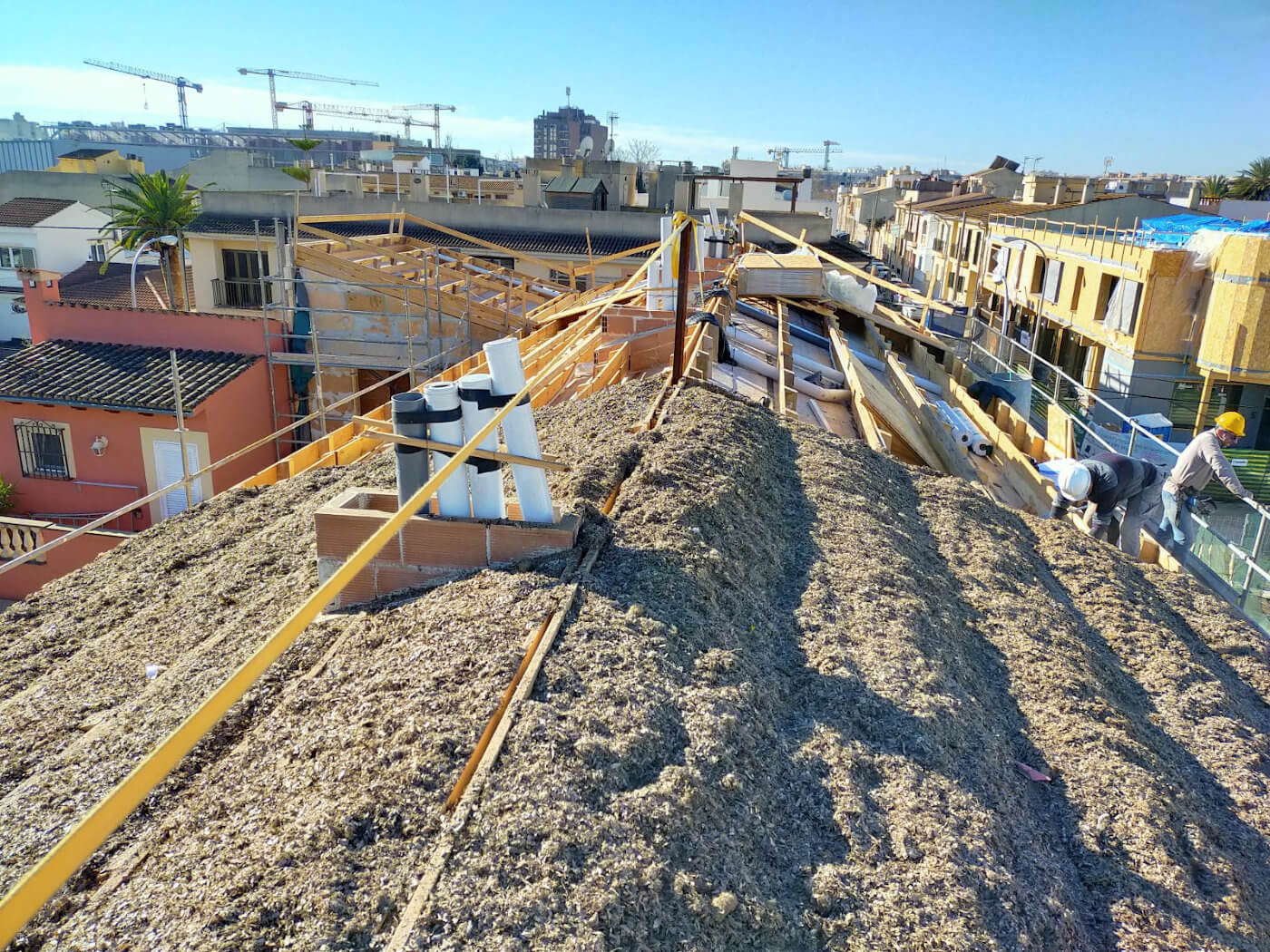
Posidonia in Salvador Espriu, 39. Photo: Carles Oliver.
For Joan Groizard Payeras, General Director of Energy and Climate Change, “the Mediterranean offers the right resources to significantly reduce energy consumption both in the housing construction process and in its subsequent use”.
This is how the IBAVI (Balearic Housing Institute) has resumed the use of dried Posidonia oceanica as a construction material and structures, as was traditionally done.
“In order to work with local resources with low environmental impact, we look for leftover materials on the island of Formentera. That’s how we found Posidonia, which had traditionally been used as insulation on the roofs of houses and churches in Formentera and in the Gothic palaces of Palma, where it was still in perfect condition”, explains Carles Oliver, architect of the Ignasi Barraquer buildings. “This demonstrated its durability and we only needed to know its level of isolation. We did a test with the UIB Physics Department, which confirmed that its level of isolation is similar to that of other products offered on the market”, concludes Oliver.
For his part, Marc Pons i Pons, president of IBAVI, sees new opportunities for the future: “Taking advantage of thermal insulating waste and avoiding having to resort to materials that are not present on our islands brings a new approach to building. This is the path we must follow”, according to Marc Pons i Pons, president of IBAVI.
The combined use of these available local materials with those imported that do have environmental certifications constitutes a model that allows CO2 emissions to be reduced by around 50% during works, whether they are rehabilitation or new construction.
Social housing on Ignasi Barraquer street
When they received the order to build eight public housing units in Palma de Mallorca, IBAVI decides to take on the challenge of building public housing units that fulfill their social function, while fully respecting the environment. This is how the public housing on Ignasi Barraquer street was born.

Social housing at Ignasi Barraquer, Palma. Photo: José Hevia.
Being buildings located next to the motorway, with noise pollution of 75 dB, it has been decided to use a design that guarantees comfort through inertia as the main measure for cooling in summer, a mechanism that complements cross ventilation. To make the most of this inertia, a barrel vault structure is proposed on the ground floor.
With the aim of using local materials with low environmental impact, sandstone -marés- is selected for being the industrialized local material with less embodied energy. In addition, it regulates the indoor ambient humidity, which in summer in Palma is 70% on average and the ideal level of humidity is between 40% and 60%.
The sloping roof of the first floor is another of the characteristic elements of these houses, since it is built with old reused formwork planks. It has 30 cm of insulation made with dry posidonia leaves from Cala Gamba, 11 km away from the work, and recycled cotton.


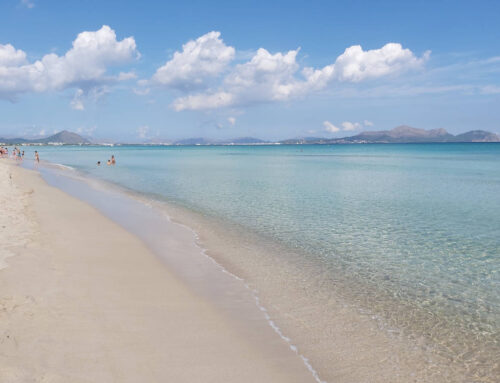
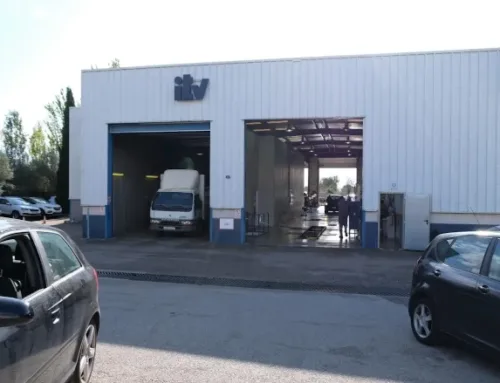
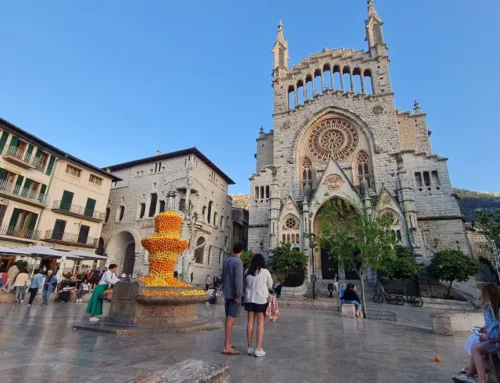
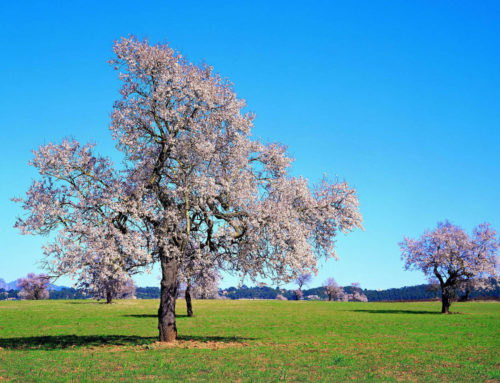
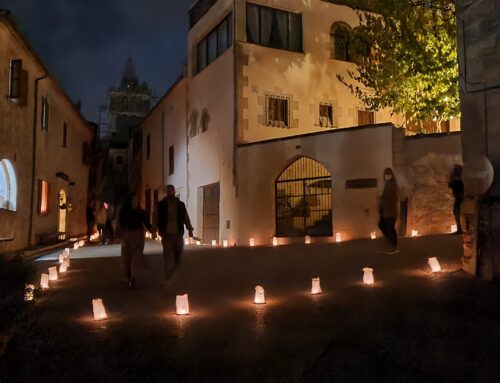

Leave A Comment